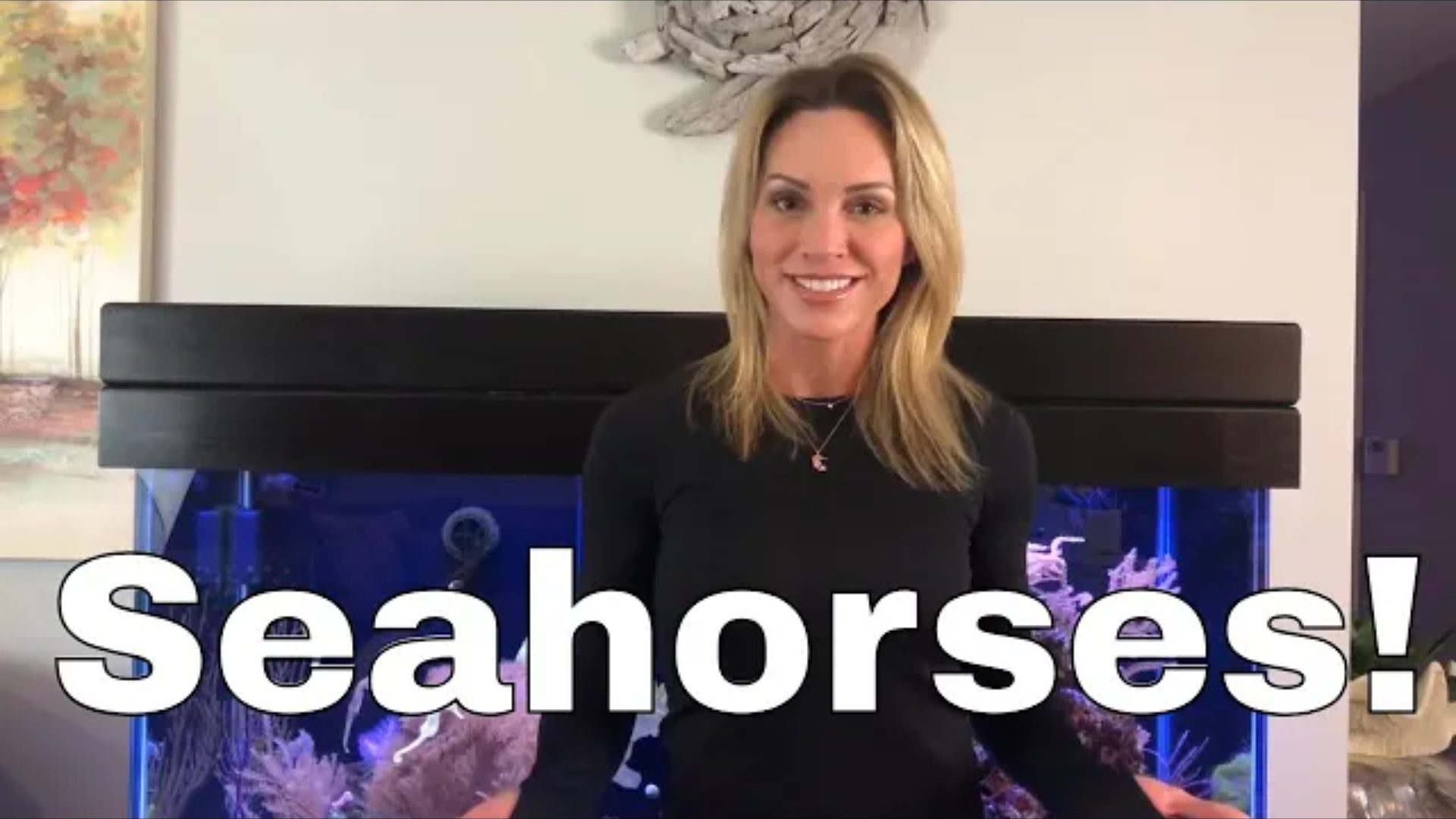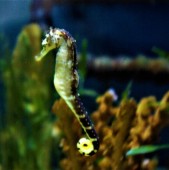Seahorses: Can you keep them?
- Jul 25, 2020
- Anshika Mishra
- 886 0 0

Most people have different opinions about sea horses; some love them, and some don't. As with most things in life, there are efforts and rewards. Some hobbyists are under the impression that sea horses require a lot of energy and give very little back in return (not entirely like those ungrateful jellyfish). They are so wrong.
They would be surprised to know that like most other fish, seahorses are visibly excited when people approach the tank. They appear to have a lot of interest in each other as well.
Let's say that they are the princesses of the sea world. So, you have decided to keep these princesses. What do you need to know?
Aquarium Size for Seahorses
When it comes to seahorses, they are less active than your average marine aquarium fish. So, when it comes to deciding the size of your seahorse tank, you want to go with the largest size you possibly can go with. A good reference point would be about a 30-gallon tank (125 liters) per pair of seahorses. This is mainly to make it easier to maintain the correct water quality. But it also gives them the swimming room that they require.
Seahorse Tank Requirements
A bare bottom tank is also ideal for water quality. However, you can also prefer sand in your tank. Therefore a very fine grain is best to prevent uneaten food from getting trapped.
Correct powerhead selection is essential as seahorses can easily get struct to them. So, something with a very low flow, or the sponge guard. Since they are not particularly strong swimmers, it's far better to have multiple powerheads. Set to a low flow rather than less set to a higher speed. This will allow their correct amount of flow to avoid dead spots without making the water too turbulent.
Temperature: Keep your tank to roughly 24-degrees Celsius or 75-degrees Fahrenheit.
Seahorse Eating Habits
Seahorses are very messy eaters, and they do not have a stomach. Therefore food passes from their digestive system very quickly and partially undigested. This is why setting up a system to maximize nutrient export from the beginning is the best thing to do.
They also need to be continuously fed to maintain a healthy way. Feed them at least twice a day. However, each of those sittings lasts approximately 15 minutes and ensures that each fish receives an appropriate amount of food using a large feeding tube.
By using the target feeders, it allows you to control the amount of nutrient is the tanks. To ensure nothing has been wasted, and there's no unbeaten food that will eventually pollute the tank.

A good cleanup crew of snails will also help to reduce this issue as with all princesses. They do things at their win pace. Therefore they need a species only tank except for a couple of other slow-moving tank mates such as a Dragon net or a pipefish.
These tank mates won't outcompete them with food and are ideal as they are also very slow feeders.
Something else to be careful of is the fact that they have no scales. This makes them more prone to bacterial infections as well as the added risk of them being easily damaged from powerheads, aggressive tank mates, and even corals if they are not appropriately selective.
Soft corals are the best choice and especially species with branches such as Gorgonians, as it gives seahorses something to latch on to. There are also various macroalgae which can be utilized for the same effect.
Once you master the basic, this is one of the few fish which hobbyists can breed at home with the males carrying the eggs and essentially giving birth to live young.
Seahorses are not for everyone, and the decision to keep isn't something that should be taken lightly. They do depend on you more than the average fish.






About author